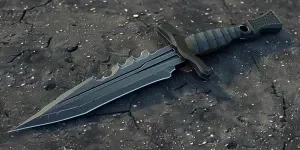The term “zombie knives” has stirred considerable interest and concern across various communities, particularly among sports enthusiasts and law enforcement agencies. These knives, characterized by their distinctive appearance and controversial status, have become a topic of heated discussions. This article aims to demystify the concept of zombie knives, exploring their design, purpose, legal standing, and societal impact. By breaking down complex information into digestible explanations, we’ll provide a clear understanding of what zombie knives are and why they matter.
Table of Contents:
– What exactly are zombie knives?
– The design and features of zombie knives
– Legal status and concerns
– Impact on public safety
– Alternatives and precautions
What exactly are zombie knives?
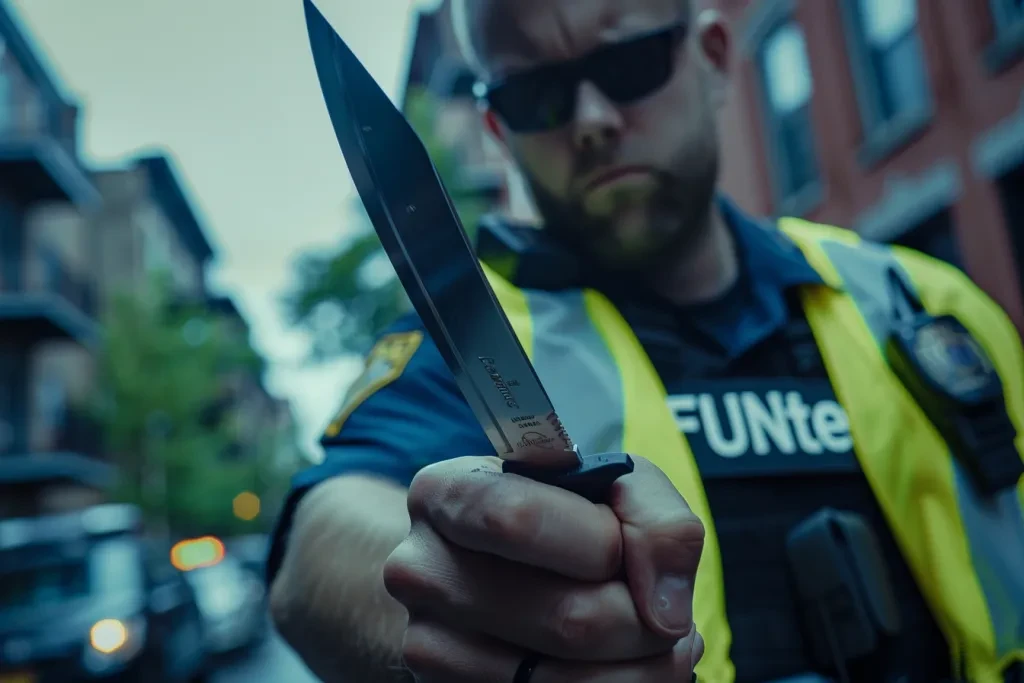
Zombie knives have emerged as a unique category within the knife community, distinguished by their often exaggerated and menacing appearance. These blades are usually characterized by bright colors, graphic designs, and motifs that suggest a post-apocalyptic or survivalist utility. The name itself evokes imagery of a fictional zombie apocalypse, suggesting these knives are designed for combat against the undead. However, beyond their striking aesthetics, the functionality and practicality of zombie knives for legitimate sporting or outdoor activities are subjects of debate.
The design and features of zombie knives
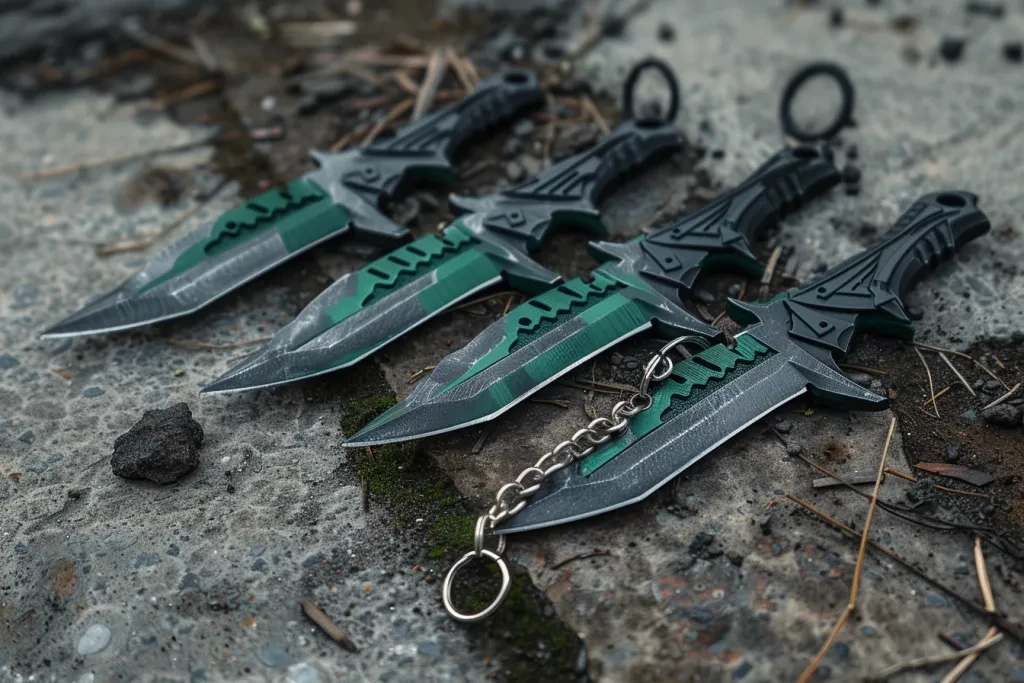
Zombie knives are not just about looks; their design elements often include features that are marketed as advantageous for survival scenarios. These can include serrated edges, hooks, and integrated tools like bottle openers or fire starters. The materials used in their construction are typically on par with conventional knives, ensuring durability and sharpness. Despite these practical aspects, the aggressive styling and branding of zombie knives raise questions about their intended use and the message they convey to consumers.
Legal status and concerns
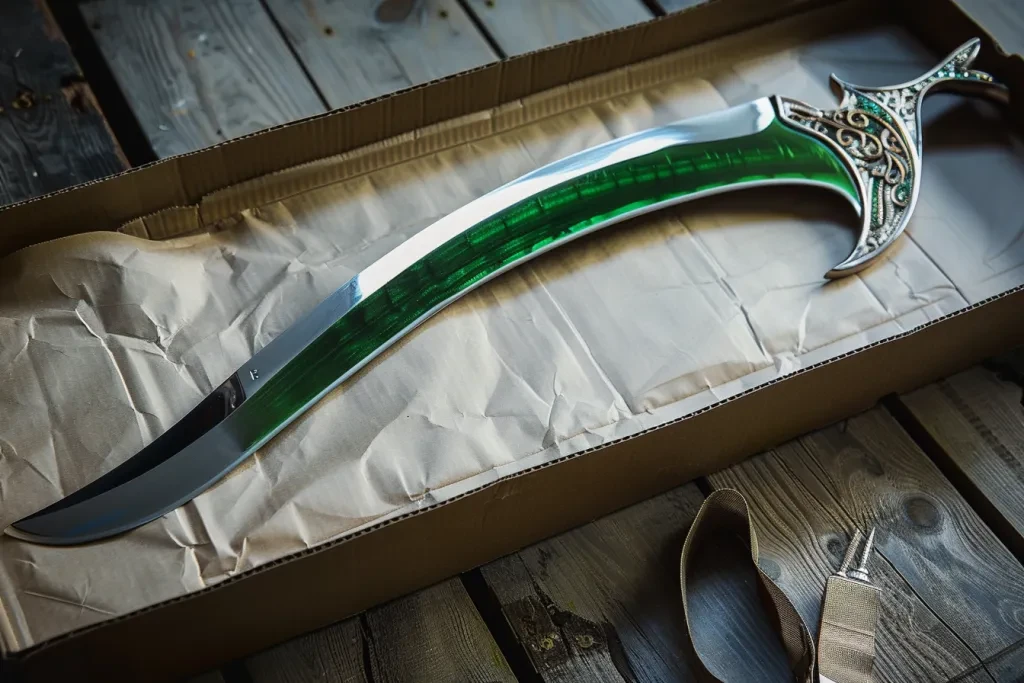
The legality of zombie knives varies significantly across jurisdictions, reflecting broader societal concerns about knife crime and violence. In some regions, these knives have been explicitly banned or restricted, categorized alongside other weapons deemed inappropriate for civilian possession. The primary concern is that the aggressive imagery and marketing of zombie knives may glamorize violence or appeal to individuals with harmful intentions. Legislation targeting zombie knives often aims to prevent their misuse while balancing the rights of collectors and enthusiasts.
Impact on public safety
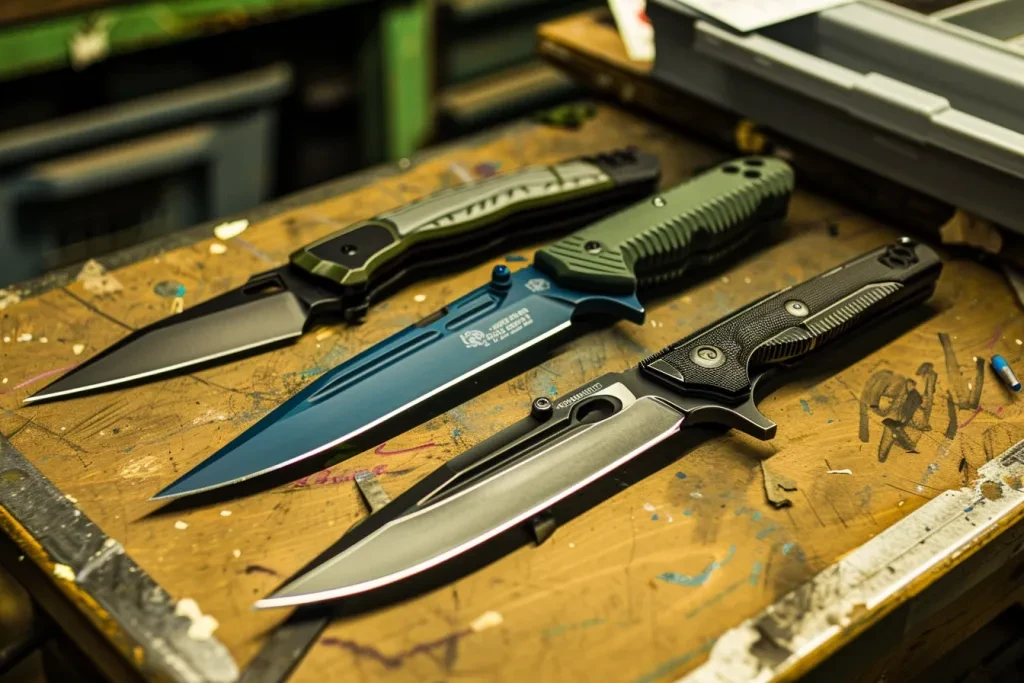
The impact of zombie knives on public safety is a contentious issue. Advocates for stricter regulations argue that the availability and promotion of such knives contribute to a culture of violence and fear. They contend that no practical, lawful activity requires the specific features and aesthetics of a zombie knife. Critics of bans or restrictions, however, argue that responsible owners should not be penalized for the actions of a few individuals and that focus should be on addressing the root causes of violence.
Alternatives and precautions
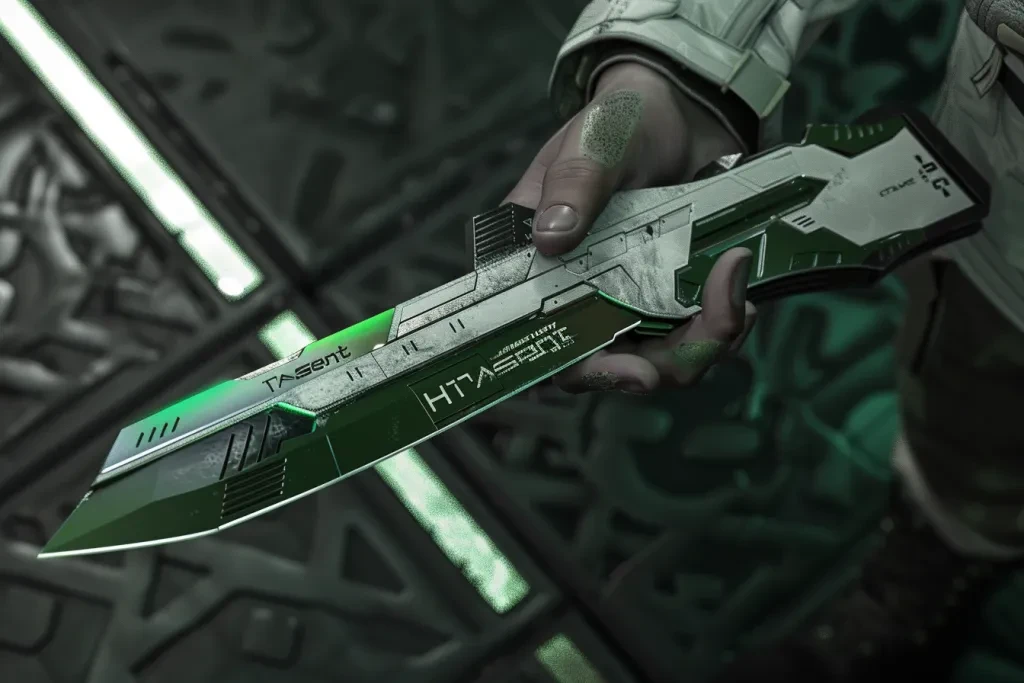
For those interested in survival gear or collecting unique knives, there are numerous alternatives to zombie knives that offer practicality without the controversial imagery. High-quality, purpose-built survival knives and multi-tools provide functionality for outdoor adventures without evoking violent connotations. Additionally, understanding and complying with local laws regarding knife ownership is crucial for enthusiasts to enjoy their hobby responsibly and safely.
Conclusion:
Zombie knives, with their distinctive design and debated utility, occupy a controversial niche in the knife community. While they may appeal to collectors and survival enthusiasts, their legal status and impact on public safety remain significant concerns. By opting for alternatives and adhering to regulations, individuals can enjoy the practical benefits of knife ownership without contributing to the challenges associated with zombie knives. Ultimately, informed and responsible behavior is key to navigating the complex landscape surrounding these unique blades.
